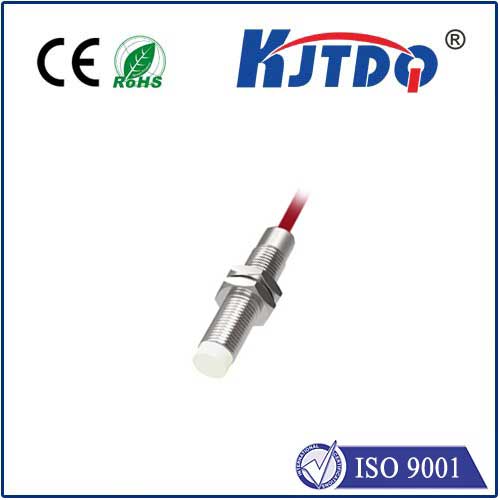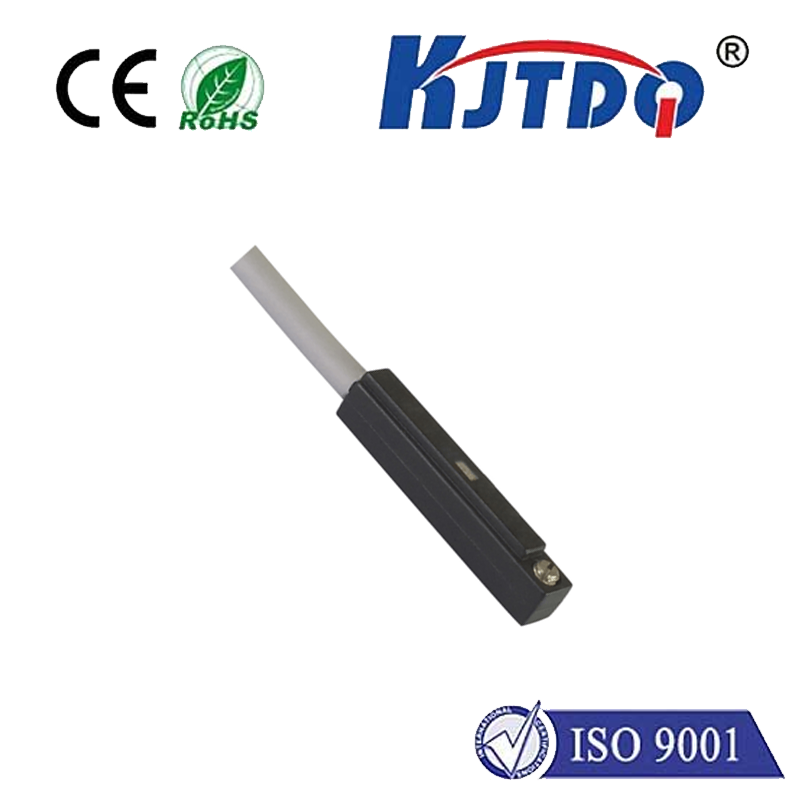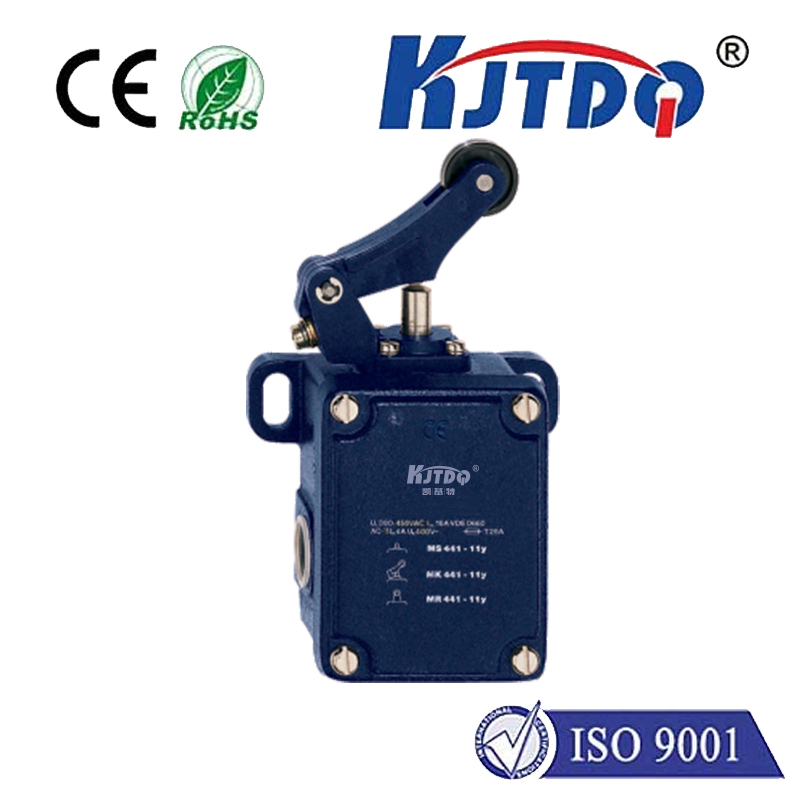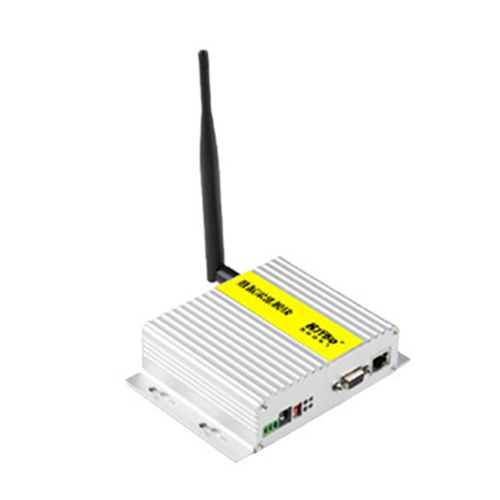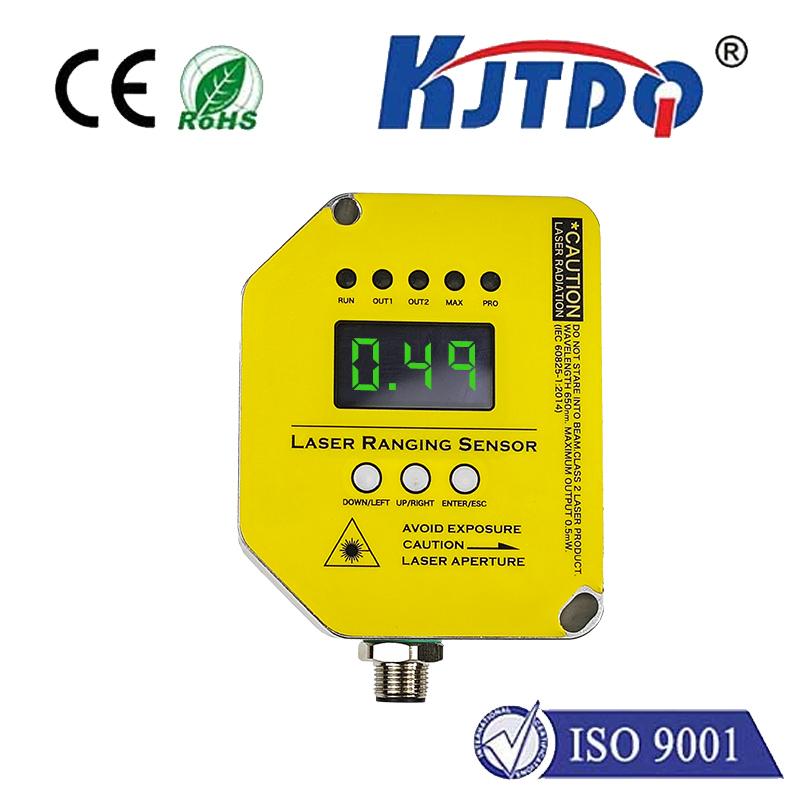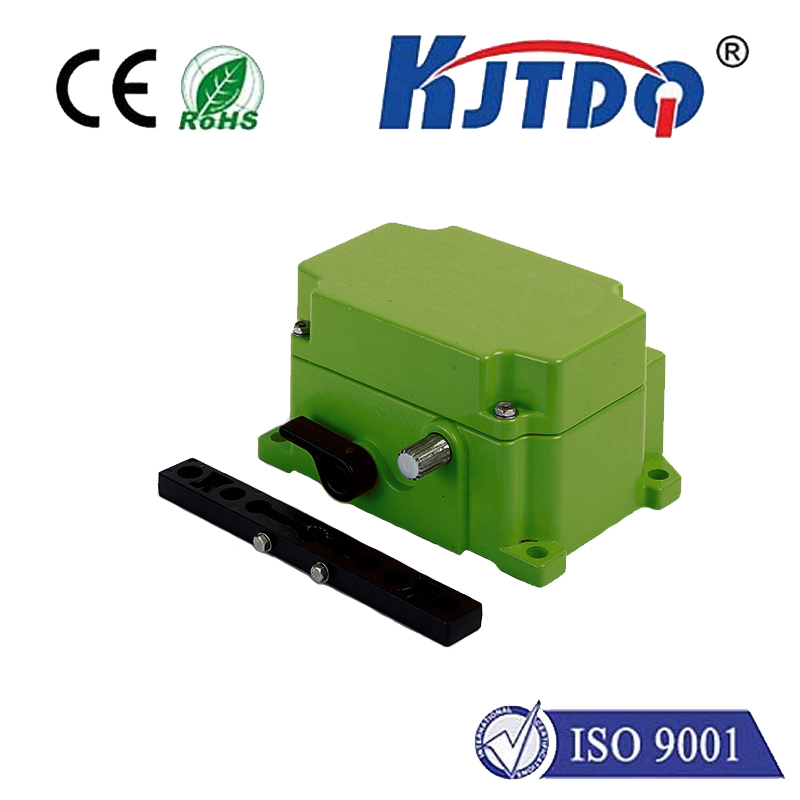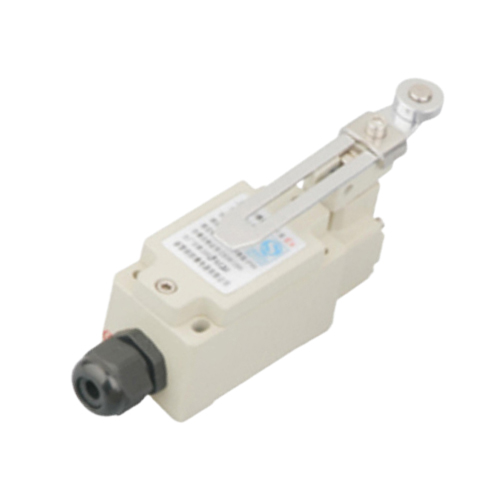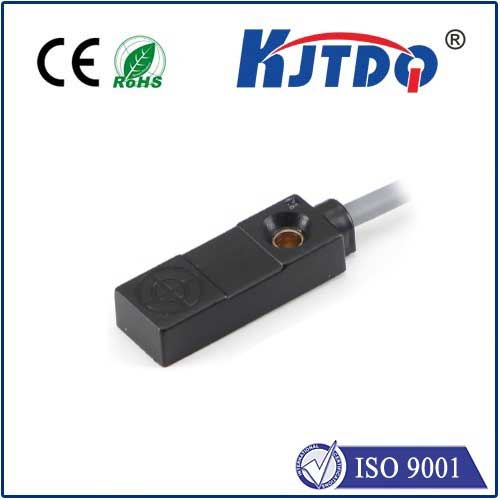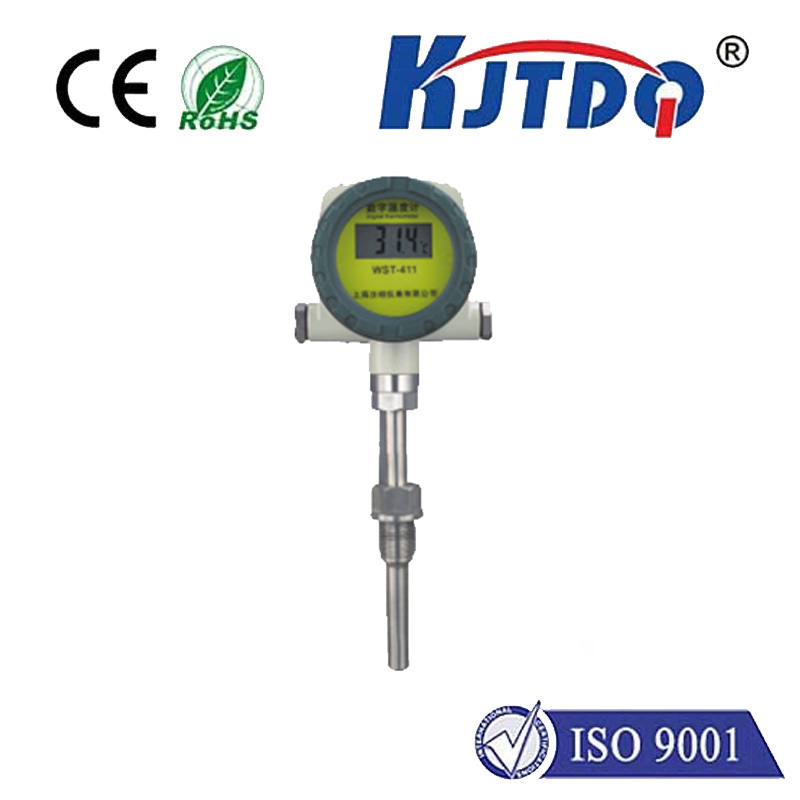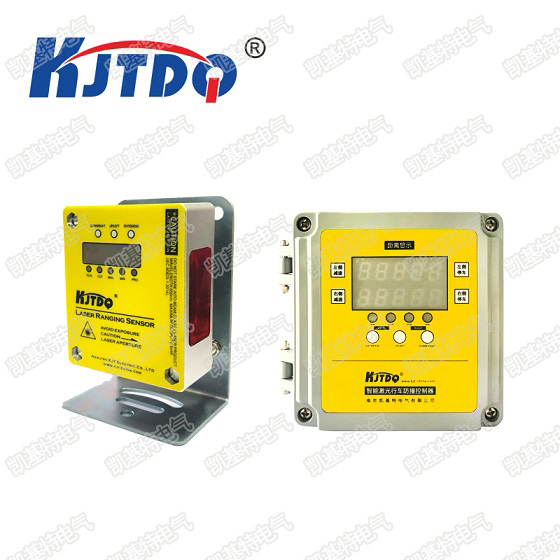

check

check

check

check

check

check

check

check

check

check
Title: The Importance of the JLSL 1 Limit Switch in Industrial Applications
In the world of industrial automation, limit switches play an integral role in ensuring the precise control and safety of machinery. The JLSL 1 limit switch is a notable example, known for its durability, reliability, and efficiency. In this article, we will explore the significance of the JLSL 1 limit switch and how it contributes to various applications within the industrial sector.
Firstly, let's understand what a limit switch does. A limit switch is an electromechanical device that detects the presence or absence of an object by making or breaking an electrical circuit. When integrated into a machine or system, these switches can signal when a mechanism has reached a predetermined position or limit, thus preventing overtravel and potential damage to equipment or injury to personnel.

The JLSL 1 limit switch stands out due to its compact design, allowing it to be easily incorporated into spaces where space is limited. This feature makes it particularly suitable for applications requiring precise positioning control in tight quarters. Furthermore, it often features high-quality construction using materials that can withstand harsh environments, such as moisture, dust, or extreme temperatures—a necessity for industrial settings.
Now, let's consider some practical applications of the JLSL 1 limit switch within industries. For instance, in manufacturing plants, these switches might regulate conveyor belts, ensuring products move to the next station without overshooting their destination. In robotics, they provide crucial feedback on joint positions, enabling accurate movements and avoiding mechanical collisions. In packaging lines, limit switches like the JLSL 1 monitor bottle fill levels, triggering actions when containers reach appropriate fill points.
Moreover, the JLSL 1 limit switch contributes to enhancing safety protocols in industrial machinery. Safety gates and access doors can be equipped with these switches, automatically cutting power to hazardous machinery if access points are opened during operation. This simple but effective safety feature can prevent serious injuries and protect workers from dangerous equipment.
Maintenance is another area where the JLSL 1 limit switch shines. Since it is designed for longevity, it requires less frequent replacement compared to other switches, reducing downtime and maintenance costs. Its consistent performance also aids in predicting machinery behavior, simplifying troubleshooting processes for technicians.
Lastly, the adaptability of the JLSL 1 limit switch means it can be connected to various control systems, including programmable logic controllers (PLCs) and other automation hardware. Its compatibility with diverse interfaces allows for seamless integration into both new and retrofitted systems, offering flexibility for engineers and designers.
To conclude, the JLSL 1 limit switch is a critical component in industrial automation, providing reliability, accuracy, and safety in a variety of applications. Its compact size, robust construction, and ability to work seamlessly with different systems make it an essential tool for ensuring smooth and controlled operations across industries ranging from manufacturing to robotics and beyond. By understanding its importance and proper implementation, industrial professionals can maximize efficiency while maintaining a secure working environment for all involved.
